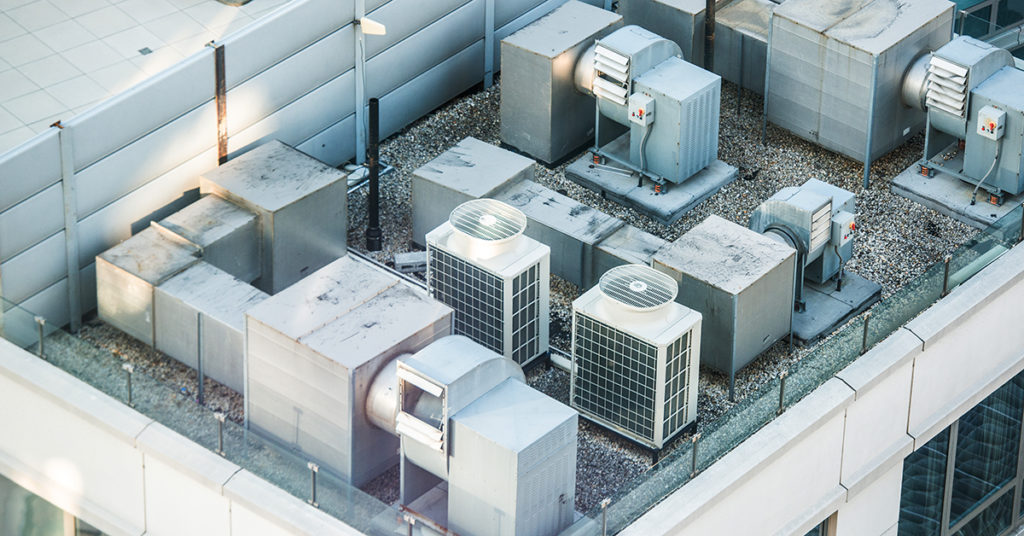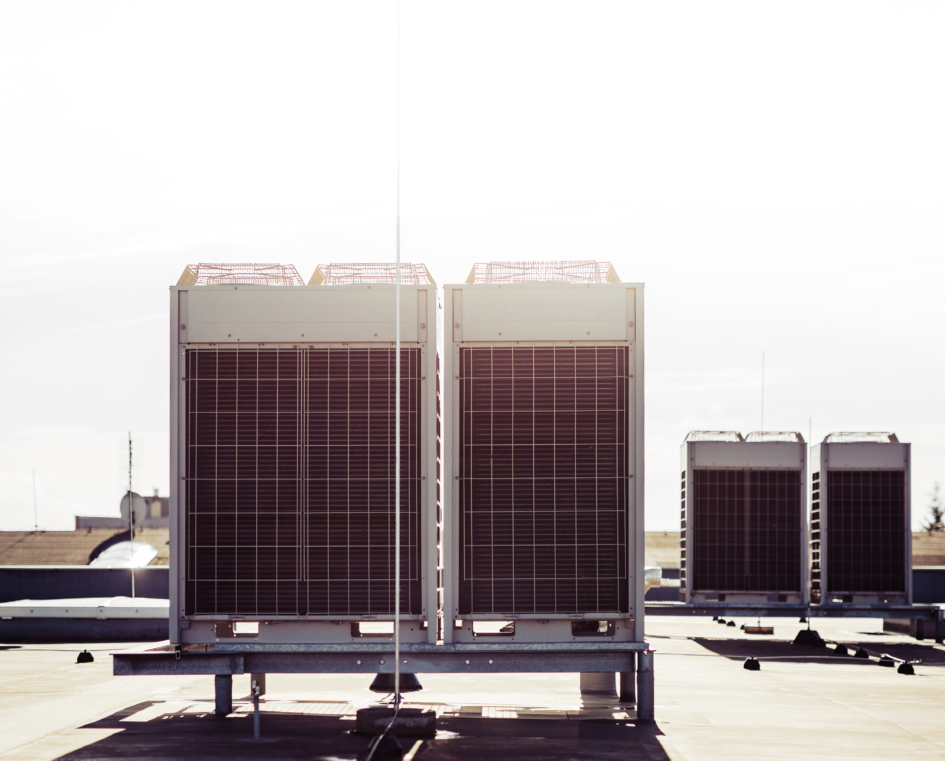The stories of Supply chain issues have become commonplace. We are all feeling it in the costs of the products that we purchase every day. One of these challenges that has become prevalent to all energy and facility managers is the cost of HVAC repairs and replacement.
Before the pandemic, a facility manager could expect a 2- 4 week wait to have a new unit delivered and installed. As we moved through 2020, that lead time understandably evolved from 2-4 weeks to 8-10 weeks. An original expectation of this being a temporary adjustment that would regress to normal began fading in late 2020. We could see this was not a transient issue, but a new reality. Last summer hold times for new units continued to slide to 14-16 weeks.

Our New Reality
The current procurement environment shows no relief for energy managers. An optimistic lead time for a high efficiency unit is 26 weeks with a realistic expectation of 8 months. Manufacturers are often waiting on one or two parts for months to complete orders. Production lines are operating at 20% of full capacity with backlogs of orders that continue to mount.
Facility managers must be proactive in planning a comprehensive HVAC strategy going forward. We are already seeing brick and mortar stores across the country closing due to lack of climate control. Desperately purchasing overpriced standard efficiency units has become a stop gap for some larger companies. This is costing them hundreds of thousands of dollars in increased Cap Ex and operating costs over the life of the unit.

The Road Ahead
The Department of Energy efficiency upgrades for 2023 are already adding bottlenecks to a thinly stretched production process. Manufacturers are retooling existing production lines to meet the new higher standards. Many analysts agree that the challenges are going to only grow before they get better. The expectation of more expensive equipment with extremely long delivery times are our new normal.
